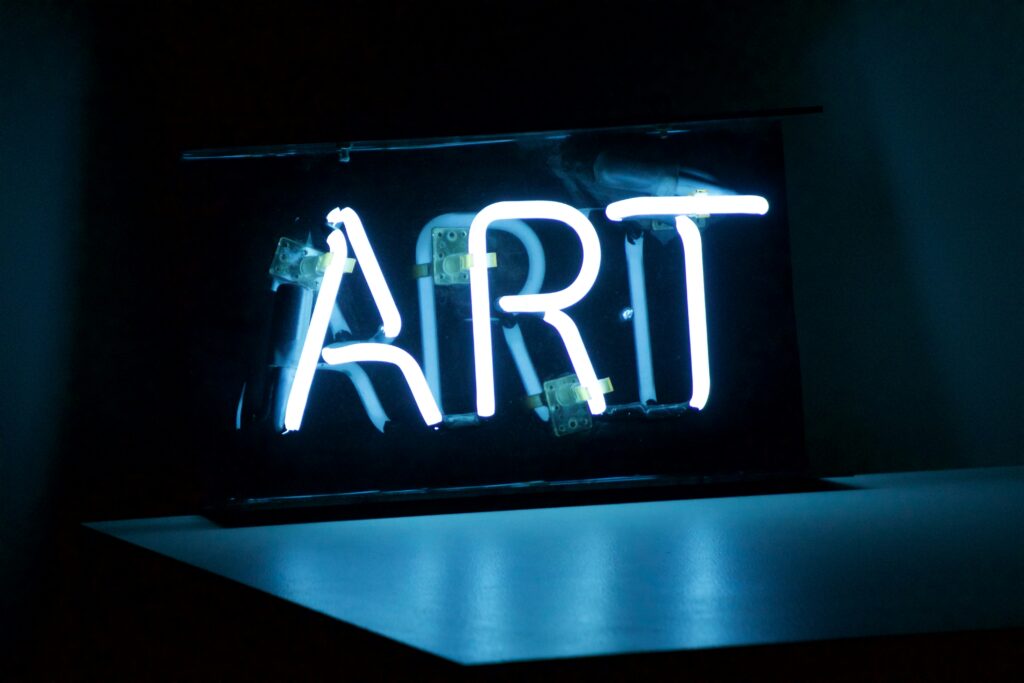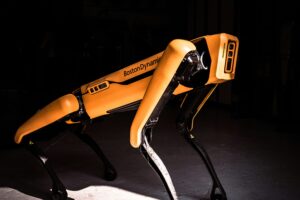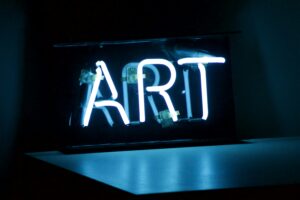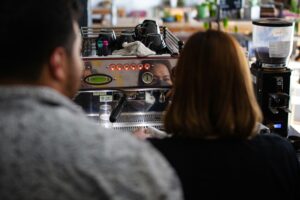Have you ever considered the connection between artificial intelligence and the art world? It may seem like a strange pairing at first, but the integration of AI technology into the creative process is revolutionizing how art is produced and perceived.
In recent years, AI has been used to generate original artworks, analyze artistic styles, and even create immersive art experiences. One notable example is the AI-generated painting “Portrait of Edmond de Belamy,” which sold for $432,500 at auction in 2018. This groundbreaking sale sparked a conversation about the role of AI in the art market and raised questions about the authenticity and value of machine-generated art.
Key stakeholders in the art world have differing opinions on the use of AI in artistic creation. Some view it as a tool to push the boundaries of creativity and explore new possibilities, while others worry that it may devalue traditional art forms or diminish the role of human artists.
Despite the debates surrounding AI and art, one thing is clear: the intersection of technology and creativity is reshaping the way we think about artistic expression. As AI continues to evolve, we can expect to see even more innovative collaborations between machines and artists, challenging our perceptions of what art is and how it is made.



